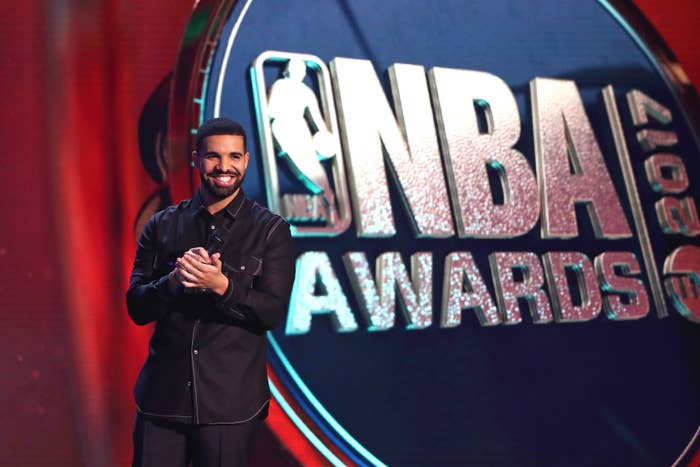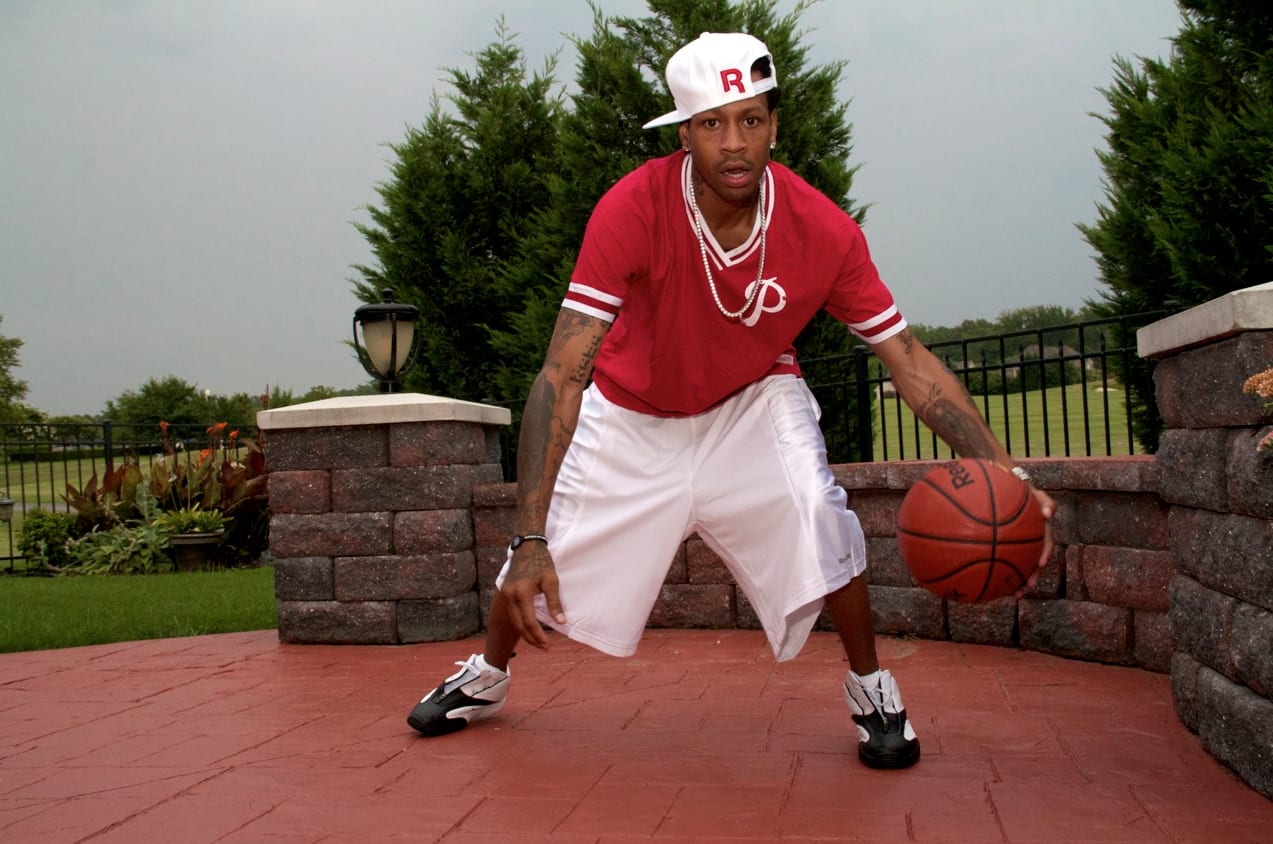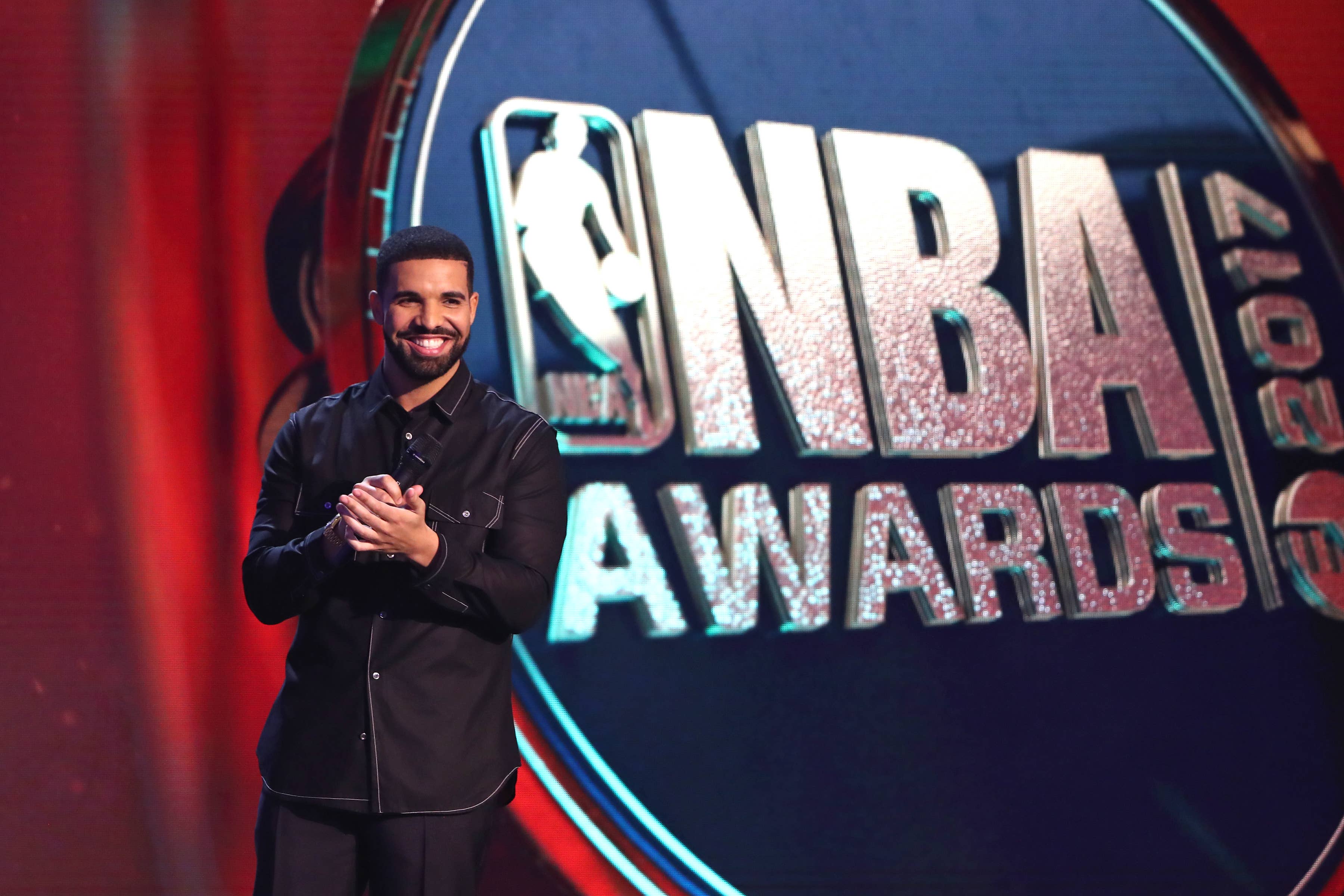
If you caught a moment of the 2017 NBA Playoffs, you likely heard rapper Kendrick Lamar’s hit “Be Humble” on every game promo. Hip-hop music fills the arenas of NBA teams across the nation. At any moment on EPSN you can catch images of LeBron James flying through the air for a monstrous dunk as your favorite hip-hop artists provide the soundtrack. It only makes sense that the fastest growing sport internationally would be scored by the rapidly growing musical voice of the youth.
Yet, as simple as this all sounds, hip-hop and the NBA have come a long way to the healthy coexistence they now enjoy. With the first televised NBA Awards show having successfully launched on Monday with rapper Drake as host, now is as good a time as any to look back at what hip-hop had to overcome in the NBA.
Considering the racial makeup of the NBA was 74.3 percent black in the 2015-2016 season, it seems hard to imagine, but the league’s initial reactions to the raw, unapologetic hip-hop culture was not much different than that of mainstream society. Fear, misunderstandings, and stereotypes were rampant. In a 2014 interview with Big Think, then-commissioner David Stern reflected on the insensitive climate the NBA had to weather just to gain acceptance:
People forget, but there were articles about ‘the dark clouds over the NBA.’ When I was executive vice president, (then-commissioner) Larry (O’Brien) sent me up to a newspaper, and the television guy said, ‘You don’t get it, Stern. You guys are just not going to make it. This is a white country and you have a black sport.’
In the mid to late ‘90s hip-hop music was moving toward bigger commercial success. All-Star NBA players were appearing in music videos, starting labels, and attempting to make their own music. These were high-end hobbies to say the least, but that wasn't what troubled Stern. The NBA was looking for direction after Michael Jordan's (first) retirement.
rebounding, outstanding, no one surrounding / i'm screwing and doing like i was ewing / the only one soaring and scoring is jordan / he musta had his wheaties this morning! —the notorious b.i.g.
On the court, Jordan's whole essence was pure hip-hop. He was the ultimate in-your-face competitor. He wore gold chains during All-Star competitions and gave birth to the much of the sneaker culture we know today with his signature footwear. MJ’s incredible performances inspired countless references throughout hip-hop.
But off the court, he was clean-shaven and professional, which made him easy to market to the world. He never blatantly waved the flag of hip-hop like the players who would follow him. This new generation of players arrived with a style, attitude, and a look that Stern feared wasn't best for business.
Media Personality and BEATS 1 Radio Host LowKey is a pivotal voice in today's hip-hop scene and watched the evolution of hip-hop relationship with the NBA. He gives some timely perspective on the changing of the cultural guard in the league:
“The marriage between hip-hop and the National Basketball Association wasn't a pleasant one. The flash before and after the game has almost surpassed the flare on the hardwood; it's all about presentation and that's what hip-hop represents—presentation. Players like Rasheed Wallace, Carmelo Anthony, Chris Webber, and obviously a handful of others walked the culture of hip-hop through the NBA's front door. You saw it in Carmelo's Syracuse days that he was a product of his environment, Baltimore, Maryland. Webber and the infamous Fab Five at Michigan showed us that the length of our playing shorts were supposed to be below our knee caps and not resting on our thighs and our socks were supposed to be jet black.”

According to LowKey, no athlete gave the streets an icon to relate to more than Allen Iverson. A.I was the embodiment of the hip-hop generation. “When you take a success story from the hood, put him in a multibillion dollar corporation, try to keep him in a safe box but totally forget being a rebel is what got him in that position in the first place, you get Allen Iverson,” LowKey says.
Hip-hop's biggest appeal was the idea of "keeping it real," and for many that translated to dressing how you would back in your old stomping grounds; Hall of Fame coach Phil Jackson would refer to this as "prison garb." At the time, the Washington Post reported that the final straw regarding clothing was a dinner in honor of the US Olympic team in Belgrade. The Serbian national team wore matching sports jackets while many of the NBA players arrived in an array of sweat suits, oversize jeans, diamond earrings, and chains. Larry Brown, the coach, was said to have been "so embarrassed he considered sending some of the worst-dressed players back to their hotel."
In 2005, Stern would finally mandate a dress code to put an end to the durags and throwback jerseys. The ban targeted items that were seen as exclusive to urban culture, like Timberland boots, large chains, and sports caps. It was viewed as a move against personal expression and the hip-hop directly, and no one seemed more targeted then Iverson. NBA higher-ups insisted it wasn't personal but simply about marketing.
It would take time, but not everyone saw the code as such a problem, and eventually the competitive nature of the players shifted the narrative to the positive. "Can you look better than me?" became the vibe.
GQ Style Guy Mark Anthony Green says, “When the dress code came, players had to wear suits, and there wasn't any way around that. But guys in the NBA are competitive. So one guy buys a Valentino suit, the next one does. Now, if you're a top NBA player, you have to look the part off the court. And if you're not a top player, you still want to look like one. A rookie at some random team wants to dress like LeBron James so that they look the part."
In conjunction with that, you can say the NBA benefited from some good luck in 2003 when Jay Z dropped his hot single "Change Clothes," and in the blink of an eye the same suits that many players saw as a punishment took on new meaning. Jay Z helped usher in an era of higher fashion in the league and in the streets. Players (and everyday people) now wanted to look like boardroom execs and CEOs. This attitude shift within the culture opened up great cooperative opportunities between hip-hop and the NBA.
Today we have artists with ownership in teams, like Will and Jada Smith in the 76ers, Usher in the Cavaliers, and Nelly in the Bobcats. Jay Z took the ownership game to level heights when he came in on the relocation and brand relaunch of the Nets. Moving them from New Jersey to Brooklyn's new Barclays Center, Jay Z fused this team with pure hip-hop power off the strength of his own position in the culture. He would take things one step further as he left the owner's box to begin Roc Nation Sports, the current business home of NBA champion and Finals MVP Kevin Durant.
To bring it full circle, Drake is "global ambassador" for Canada's sole NBA franchise, the Toronto Raptors. His hosting duties for the inaugural NBA Awards show, along with Nicki Minaj’s performance and appearances by many artists within the hip-hop community, show that the bond between these two forces has never been stronger.
Football may be the top game in the U.S., but across the globe hip-hop is the pulse of youth, and the NBA is keeping its fingers on it right now as it continues to surge.


